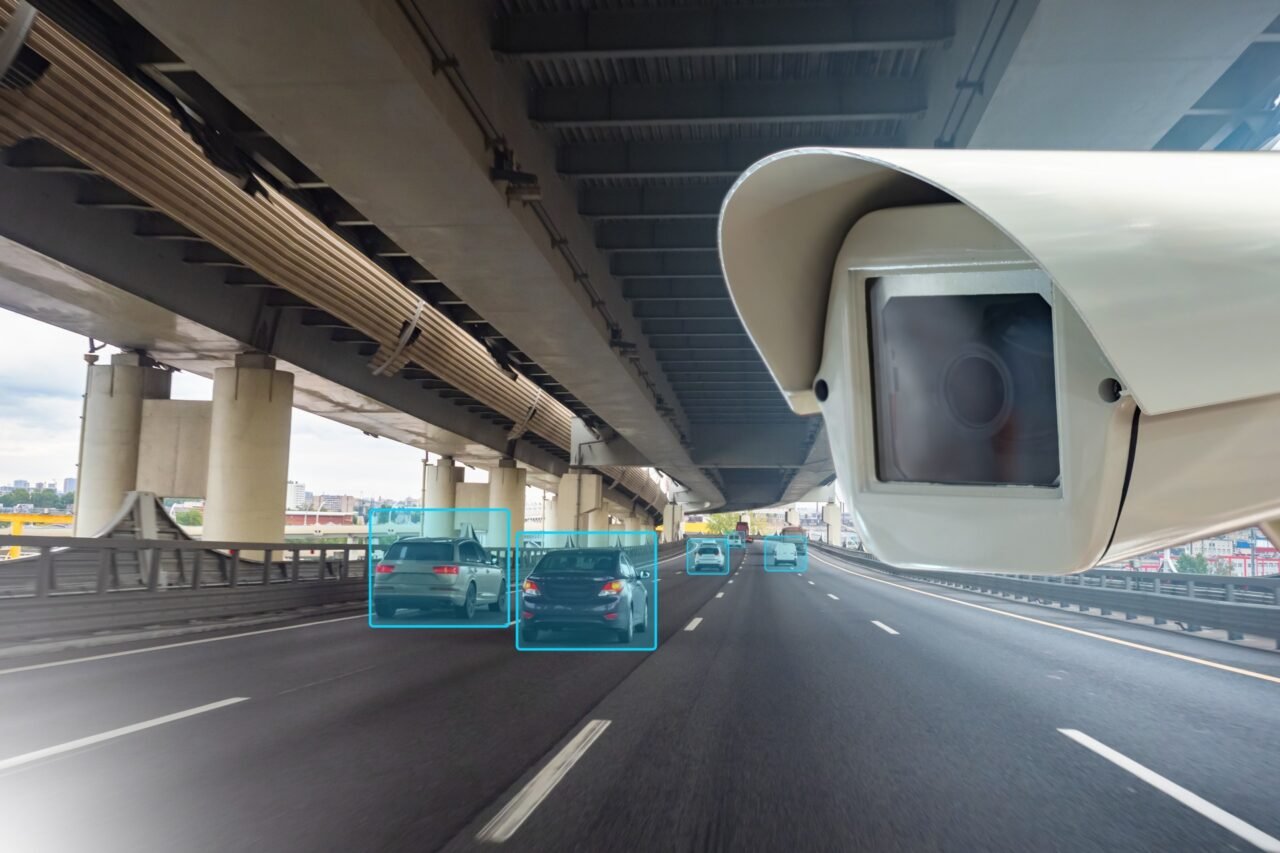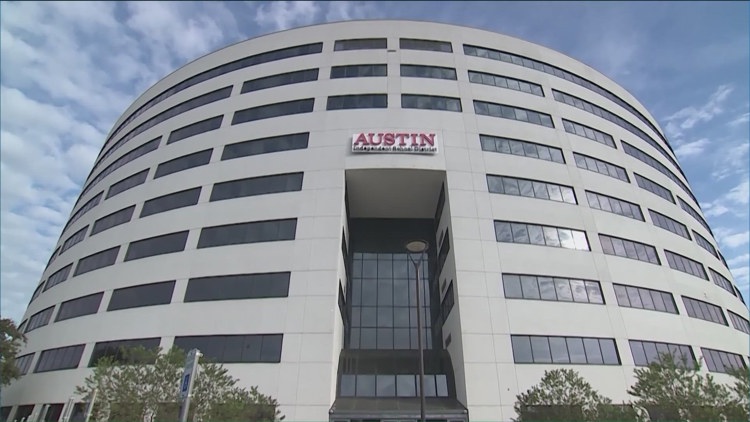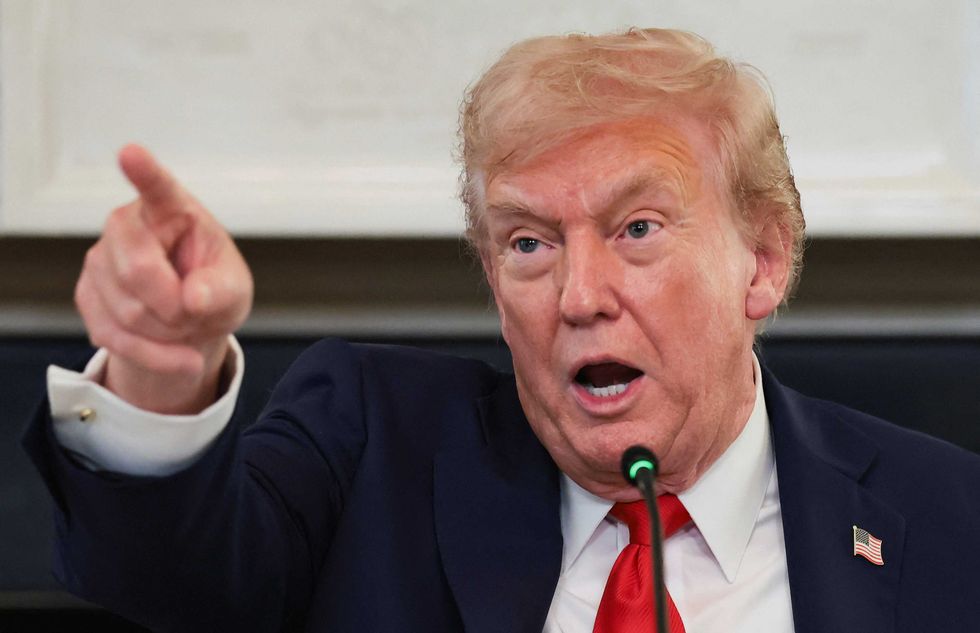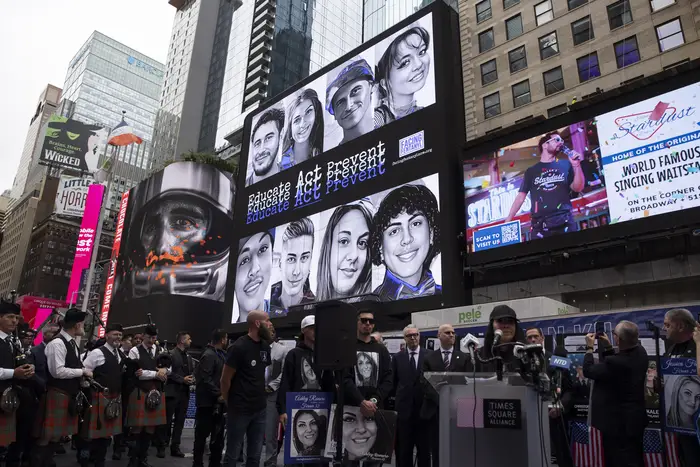URGENT UPDATE: As the dust settles from the massive “No Kings” protests over the weekend, which drew an estimated 7 million participants across cities including Los Angeles and New York City, serious concerns about surveillance tactics employed by authorities are emerging. With zero protest-related arrests reported by the NYPD, the focus has shifted to the digital footprint left by attendees and the implications for their privacy.
Recent rhetoric from political leaders, including House Speaker Mike Johnson branding these protests as “hate America” rallies, has raised alarms about a potential crackdown on dissent. The Trump Administration is actively seeking to “identify and disrupt financial networks” associated with what it deems “domestic terrorism and political violence,” raising fears that peaceful protesters could be falsely labeled as extremists.
Ryan Shapiro, executive director of the nonprofit Property of the People, expressed his outrage, stating, “The real terrorists are sitting in the White House shredding the Constitution.” This environment raises serious questions about the safety of protesters in a time when surveillance technology is increasingly sophisticated.
If you attended the protests, be aware of how easily law enforcement can track your movements. Surveillance cameras, including those connected to automated license plate reader systems (ALPRs), can identify vehicles near protest sites. Those who opted for public transit may have a degree of protection, but if you used payment methods linked to your identity, authorities could trace your location.
Your smartphone also leaves a significant digital trail. Even if you activated airplane mode, apps may still collect location data to send later. According to the Electronic Frontier Foundation (EFF), even non-GPS phones can be tracked via the cell towers they connect to, and law enforcement may deploy devices like “stingrays” to pinpoint your location.
Social media adds another layer of risk. Photos shared publicly can be accessed by agencies like the Department of Homeland Security (DHS) and U.S. Immigration and Customs Enforcement (ICE). If you didn’t mask your face, it may have been captured by bystanders or even drone surveillance. The EFF urges users to utilize tools like Image Scrubber to obscure faces and remove metadata that could reveal your identity.
With surveillance firms like Clearview AI scanning millions of images to identify individuals, the implications for privacy are staggering. Reports suggest that Palantir, a company founded by Peter Thiel, is collaborating with the Trump Administration to create a comprehensive database of information on American citizens, raising fears about the potential misuse of such data against protesters.
As these developments unfold, it’s crucial to remain vigilant about your privacy and the implications of your digital presence. The conversation surrounding surveillance and civil liberties is more urgent than ever. Stay informed and share this information widely to empower fellow citizens in understanding the risks associated with public demonstrations in today’s climate.
What happens next will be critical. Protests may continue, but so too will the scrutiny of those who dare to voice their dissent. Stay engaged and protect your rights as the situation evolves.






